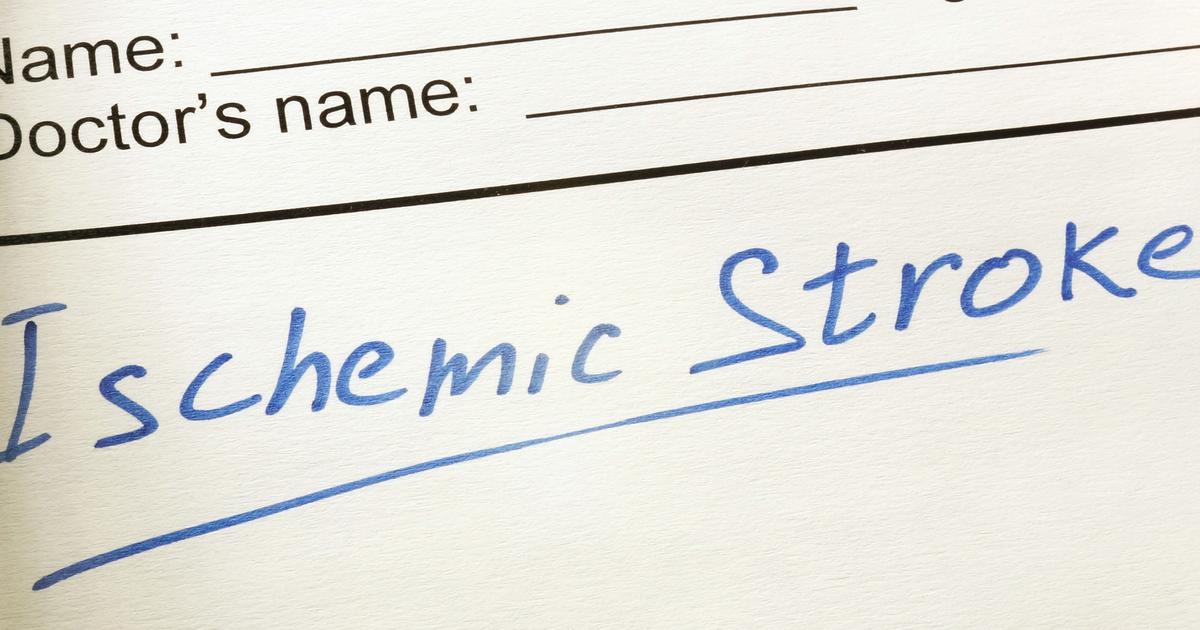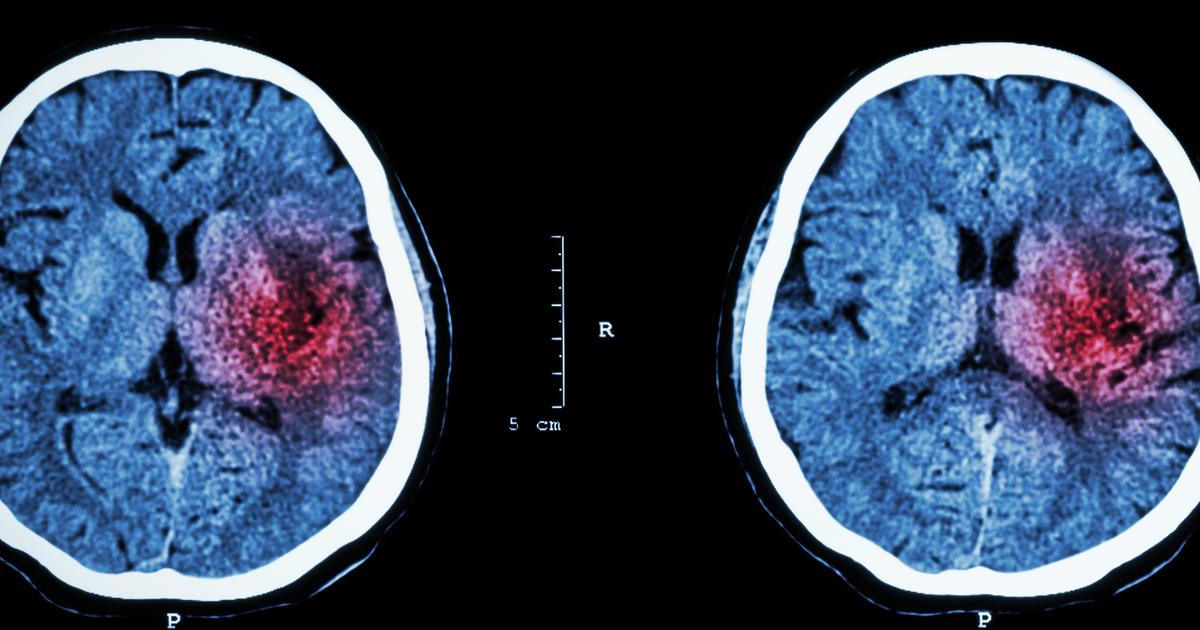What Are The Different Types Of Stroke?
Stroke is a condition where an individual's brain becomes deprived of its blood supply due to an artery that ruptures or becomes obstructed. This mechanism causes the cells within the brain tissues to begin to die. Numerous risk factors can cause an individual to be more susceptible to a stroke than others, including a family history of stroke, inactive lifestyle, being overweight, and being an age older than 55 years. Symptoms of a stroke include headache, vomiting, difficulty walking, dizziness, face numbness, numbness in extremities, vision problems, problems with bladder control, bowel control problems, face droopiness, and arm weakness. The onset of a stroke is rapid, making it difficult to diagnose before it occurs. Blood tests, CT scans, MRI scans, carotid ultrasound, cerebral angiogram, blood tests, and echocardiograms are used to diagnose a stroke. Stroke treatment is dependent on the type of stroke an individual has.
Get familiar with the major types of stroke now.
Hemorrhagic Stroke
Hemorrhagic stroke is a type of stroke caused by the leakage of blood from an artery located in the brain. Blood gets into the surrounding brain tissue when an individual has a blood vessel that has become weakened and bursts. Brain cells become damaged from the pressure placed on them by the leaked blood, causing the damaged tissue to be unable to function correctly. Hemorrhagic stroke has two different subtypes: subarachnoid hemorrhage and intracerebral hemorrhage. An intracerebral hemorrhage that causes a stroke occurs when the bleeding is isolated to the inside of the brain tissue. A subarachnoid hemorrhage that precipitates a stroke occurs when the blood is leaked into the space between the patient's brain and the protective membranes that cover it. To treat these types of strokes, the bleeding in the brain must be mediated, and the pressure in or on the brain tissues must be reduced to prevent further permanent brain damage.
Read more about the different types of stroke now.
Ischemic Stroke

Ischemic stroke is a type of stroke that occurs when the arteries in the brain become obstructed. Approximately nine out of every ten strokes are considered ischemic strokes. Atherosclerosis, a disease where an individual develops an accumulation of plaque and fatty deposits in their blood vessels, is the most common cause of an ischemic stroke. Plaque can build up in the arteries in the affected individual's brain and result in an ischemic stroke. A blood clot can also become stuck in an artery in the brain that has become narrowed due to plaque buildup. High cholesterol levels, smoking, and high blood pressure are the two most significant risk factors for an ischemic stroke. There are two different types of ischemic strokes. An embolic stroke occurs when the blood vessels of the brain become obstructed due to a piece of plaque, blood clot, or another object formed in another region of the body travels to the brain. A thrombotic stroke occurs when a clot initially forms inside of the blood vessel contained within the brain.
Continue reading to reveal more types of stroke now.
